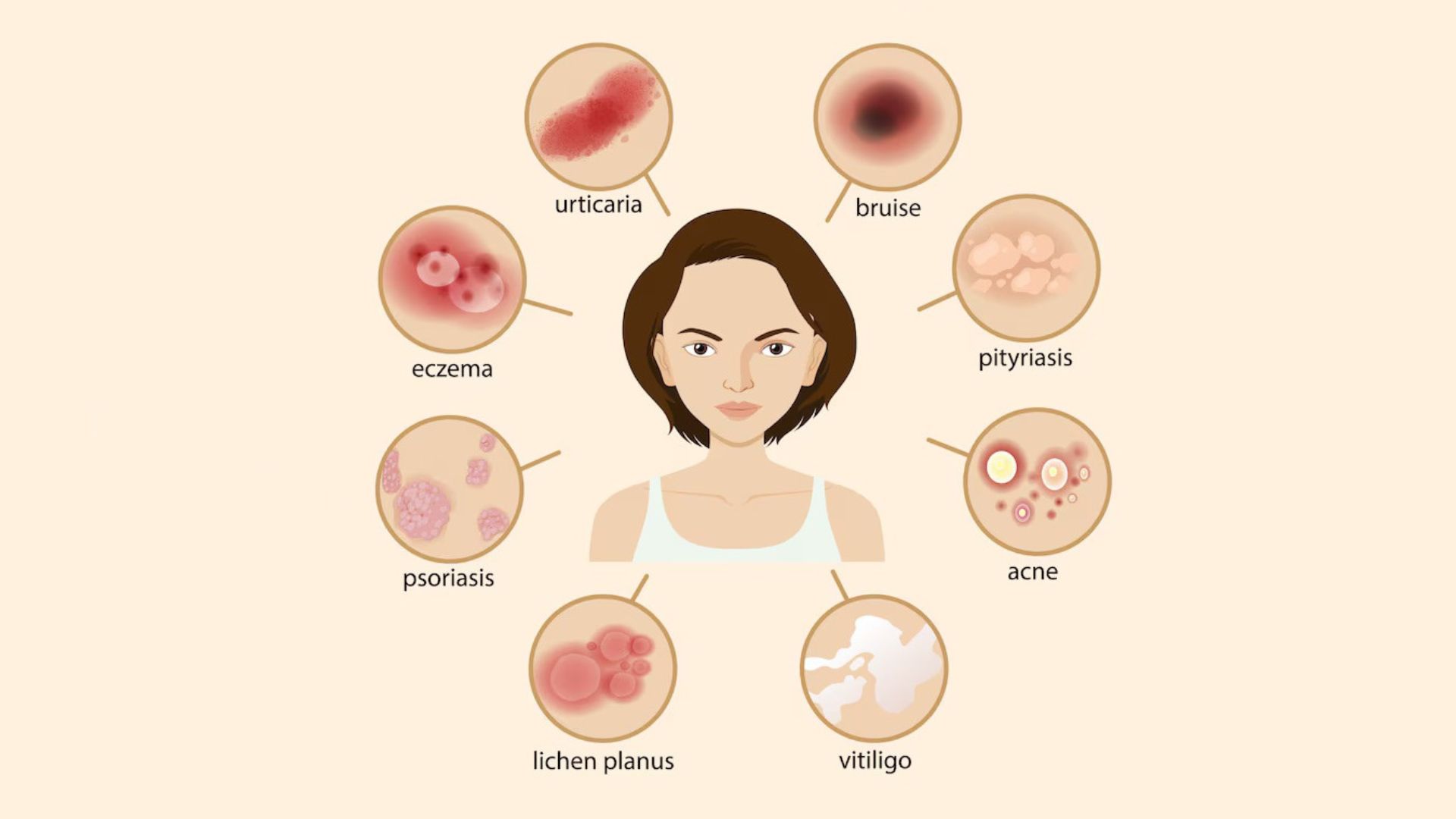

Why Do Skin Tags Develop And How to Remove Them
Skin tags or acrochordons are small, benign growths that appear on the skin. Have you ever seen growths that hung from your skin? Those are the ones we call skin tags. These tags can be responsible for affecting confidence if located in visible areas like the face or neck, so follow this guide to know what you can do to remove them.
These skin tags can range from 1mm to 1cm and are made of collagen and blood vessels surrounded by skin. Skin tags usually grow in the folds of the skin, such as armpits, anus, thighs, eyelids, neck or under the breasts. They are common, especially as you age. Approximately 1 in every 2 adults faces them. Although these skin tags are not harmful, they may be bothersome sometimes, you can consult a healthcare professional about removing it.
What Are The Symptoms of Skin Tags?
This harmless growth often doesn’t cause symptoms. However, if they are irritated or damaged, they can cause discomfort, itching or pain. Here are some of the potential symptoms:
- Skin tags can be sore or painful if they rub against clothing, jewellery or skin; this is friction discomfort some individuals face.
- While rare, these tags can appear different in color, size or shape. Changes in their appearance should be checked by a healthcare professional.
- You may feel pain or a burning sensation if the skin tag is damaged or infected.
- Constant contact with clothing can cause itching, so look after where the skin tag is present and dress accordingly. Consult a healthcare professional for skin tag removal in case of discomfort.
- If these tags are caught or torn, they may bleed or become sore.
If the number of skin tags increases, you must visit a skin expert or a healthcare professional for monitoring. An increased number of skin tags might become a cosmetic concern or cause minor irritation.
Why Do Skin Tags Develop?
Several factors can contribute to the development of skin tags, including friction, genetics or hormonal changes. Here is what you need to know:
- Areas where skin tags are found commonly are where skin rubs against itself, clothing, or jewelry. This friction can cause the skin to thicken and form small, fleshy tags. The neck, armpits are prone to developing skin tags because of continuous friction and skin-to-skin contact.
- Some individuals may have a genetic predisposition to developing skin tags and are more likely to inherit a tendency to grow them.
- Hormonal fluctuations during pregnancy can contribute to the development of these tags.
- Individuals with conditions like PCOS might develop acrochordons. The fluctuations in hormones during menopause can also increase the likelihood of skin tag development.
- Obesity is one cause for developing skin tags. Individuals who are overweight or obese often have extra skin folds, which can lead to friction and increase the risk of skin tags.
These are some of the common reasons behind the development of skin tags, but what about their removal? Let us help you get familiar with skin tag removal.
Skin Tag Removal: What to Expect?
Skin tag removal is typically performed by a dermatologist, and they might use different methods to remove skin tags, including surgical excision, cryotherapy or laser treatment.
Skin tag removal is generally a safe and low-risk procedure, often performed for cosmetic reasons or to relieve irritation. Do you want the elimination of these skin tags from your face because of cosmetic reasons? We understand that, which is why skin tag removal is prescribed. Here is what to expect in the procedure:
- A slight tingling or stinging sensation, which some describe as similar to a rubber band snapping against the skin, can be experienced.
- Healthcare professionals may use topical anesthetics to minimise discomfort.
- The number and size of the skin tags decide the time it takes for the procedure, but it typically takes between 30 to 60 minutes.
- Redness and slight inflammation are common side effects, which can immediately appear after the procedure and are normal.
- The treated area will usually take 7 to 10 days to heal, but it’s recommended to follow aftercare instructions for about 2 weeks for better results.
- Your healthcare professional will schedule a follow-up appointment to monitor the wound and remove any stitches.
- While rare, potential complications include bleeding, infection, and scarring.
It is advised to keep the area clean and dry as instructed by the professional. Avoid picking at the scab as you may invite scarring or reopening of the wound. Now, you are all set for your appointment with the best dermatologists in town.

